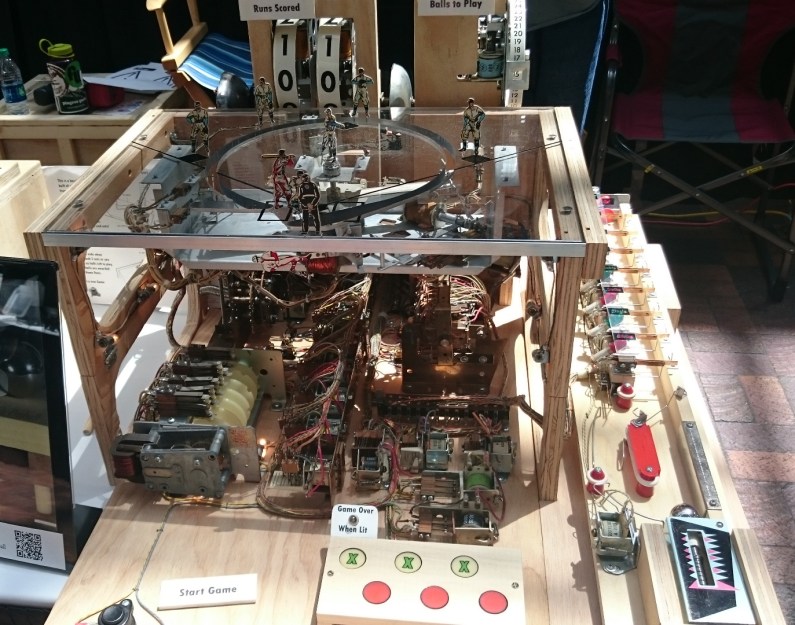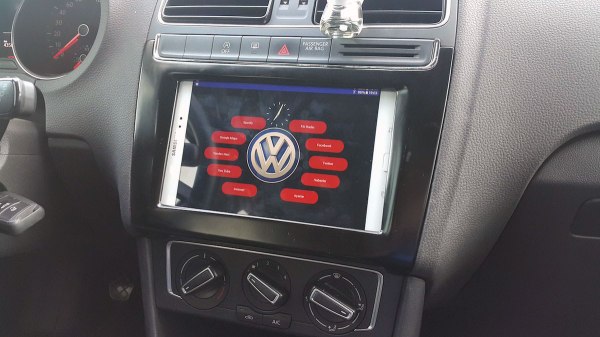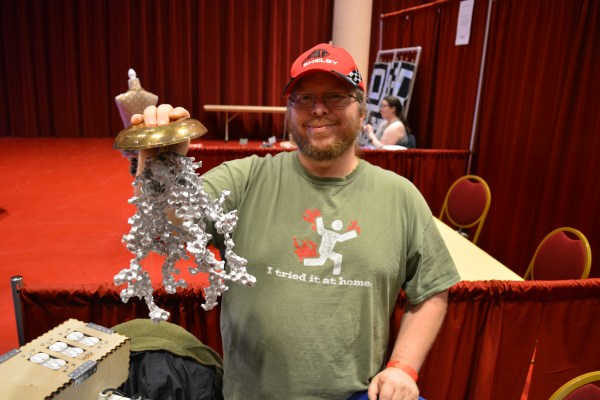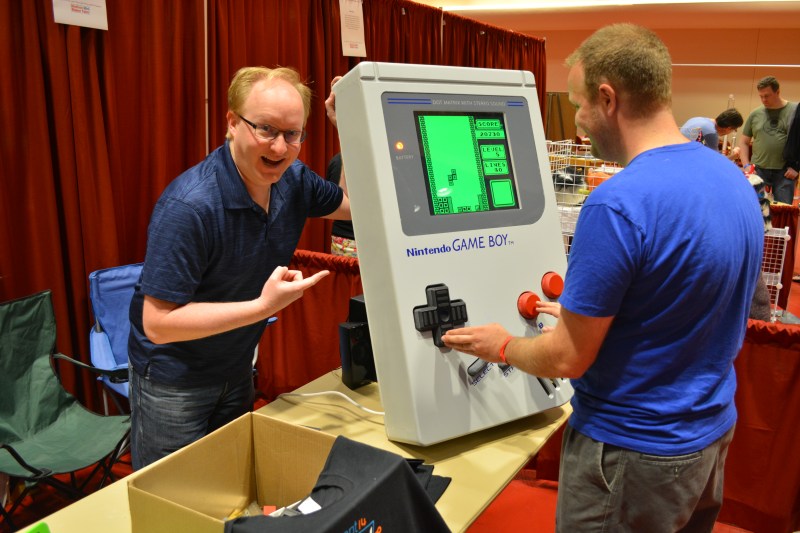CNC routers and 3D printers are cool, but the last time I checked, cars and heavy machinery aren’t made out of wood and plastic. If you want a machine that will build other machines, you want a CNC plasma cutter. That’s [willbaden]’s entry for the Hackaday prize. It’s big, massive, and it’s already cutting.
A plasma CNC machine isn’t that much different from a simple CNC router. [will]’s table controller is just a GRBL shield attached to an Arduino, the bearings were stolen from many copy machines, and your motors and drivers are fairly standard, barring the fact they’re excessively huge for a simple 3D printer.
The real trick up [will]’s sleeve is the controller interface. For this, he’s mounted a Raspberry Pi display, a big, shiny, red button, and all the associated electronics behind a beautifully rusty welded enclosure. This part of the build just sends gcode over to the GRBL shield, and is doing so reliably. Right now [will] is looking for some way to save, arrange, and queue jobs on the Pi, a problem that is almost – but not quite – the same job Octoprint does. A software for big, mean CNCs that spew exotic states of matter is an interesting project, and we can’t wait to see where [will] goes with this one.

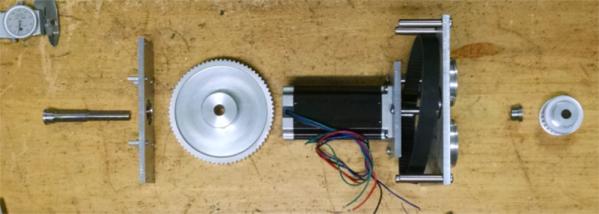





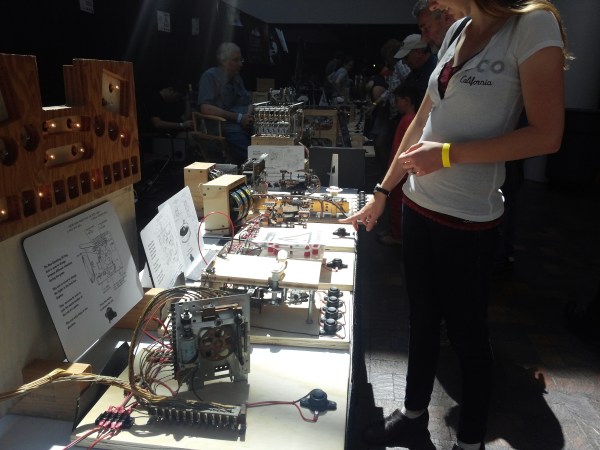
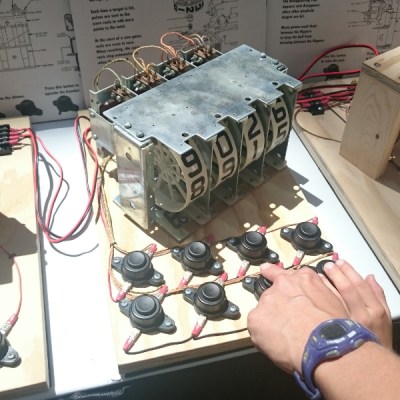 Most of the pieces he has built are single units and simple systems from pinball machines—flippers, chime units, targets, bumpers, and so on—that he affixed to wooden boards so that people can explore them without breaking anything. All of the units are operated using large and inviting push buttons that have been screwed down tight. Each of the systems also has a display card with an engineering drawing of the mechanism and a short explanation of how it works.
Most of the pieces he has built are single units and simple systems from pinball machines—flippers, chime units, targets, bumpers, and so on—that he affixed to wooden boards so that people can explore them without breaking anything. All of the units are operated using large and inviting push buttons that have been screwed down tight. Each of the systems also has a display card with an engineering drawing of the mechanism and a short explanation of how it works.